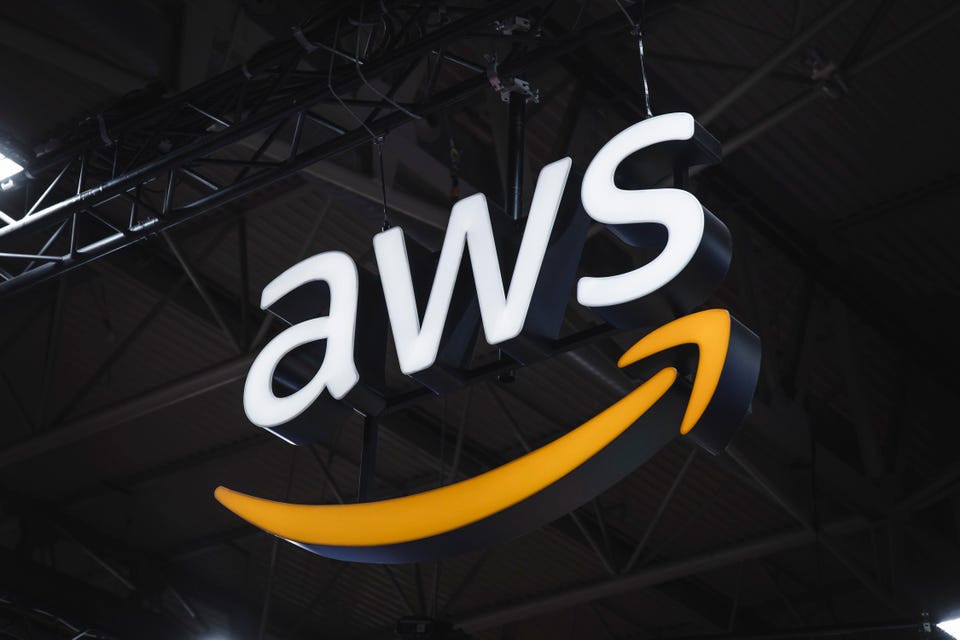Amazon & 3M Will Use Generative AI To Ease Documentation For Healthcare Providers

Late last week, two of the world’s most famous companies, Amazon and 3M, announced a bold partnership aimed at solving one of the most critical pain points for healthcare providers: clinical documentation.
Through this partnership, 3M Health Information Systems (HIS) will partner with Amazon Web Services (AWS) to advance its M*Modal Ambient Intelligence service. The company describes this as a tool which uses “conversational artificial intelligence (AI) and ambient intelligence to automate clinical documentation,” thereby making documentation “a byproduct of the patient visit and not a separate, burdensome task for the physician.”
AWS will contribute a significant amount of its expertise and resources to this partnership, most notably through its Amazon Bedrock, Amazon Comprehend Medical, and Amazon Transcribe Medical platforms. Bedrock is Amazon’s novel approach to “build and scale generative AI applications with foundation models (FMs),” and provides users with the ability to customize FM’s with their own data and deploy them as tailored applications. Example categories of these applications include chatbots, search tools, image generation services, text summarization tools, etc. Indeed, Bedrock is Amazon’s play in the growing landscape of technology companies announcing their own generative AI tools, most recently by Microsoft and Google.
Additionally, Amazon has a significant amount of experience in the medical transcription and clinical documentation space through its Transcribe Medical and Comprehend Medical platforms. The former is “an automatic speech recognition (ASR) service that makes it easy… to add medical speech-to-text capabilities to [voice enabled applications],” while the latter is a natural language processing service that uses machine learning to “extract medical information from unstructured medical text like doctors’ notes, clinical trial reports, or radiology reports.”
Combining the best of these various services and platforms together could potentially revolutionize the clinical documentation process that exists today.

In fact, AWS and 3M are not the first to try and solve this problem. Just last month, Microsoft announced that it would be using its expertise with Chat-GPT to create a more dynamic clinical documentation process via Dragon, one of the industry’s leading clinical dictation tools.
The challenge of clinical documentation is a very serious aspect of the current healthcare system. In a 2016 study published in the Annals of Internal Medicine, it was found that “For every hour physicians provide direct clinical face time to patients, nearly 2 additional hours is spent on EHR and desk work within the clinic day.” This means that physicians are devoting nearly double the time to documenting a patient visit rather than interacting with the patient itself, fueling an incredibly inefficient delivery system. Given the significant shortage of physicians nationally and globally, the millions of people that struggle daily to get a timely doctor’s appointment, and the growing aging population, this inefficiency needs to be resolved.
This is exactly why technology companies are turning their attention to this devastating problem, hoping to create a viable solution.
Per the press release, “Working with AWS, 3M HIS will advance its conversational AI platform…[to] help deliver responsible, supportive ML-based clinical documentation and virtual assistant solutions that integrate directly into workflows and help ensure that the physician is in control of the information being entered into a patient’s health record.”

Tehsin Syed, General Manager of Health AI at AWS, explains: “Using AWS ML services, 3M will enable the integration of approved information from physician and patient conversations directly into this workflow, placing the focus on the patient. AWS looks forward to further supporting 3M as they scale access to affordable, consistent, secure, and accurate note-taking and documentation for clinical staff though ML and generative AI.”
Undoubtedly, these companies have a lot of work to do in truly understanding the power of generative AI and how it may unlock an entirely new realm of efficiency in healthcare. Just as with all other technology, caution in development is necessary—especially as it entails sensitive and private patient health information. However, if developed in an ethical, sound, and safe manner, this may revolutionize the healthcare industry.
